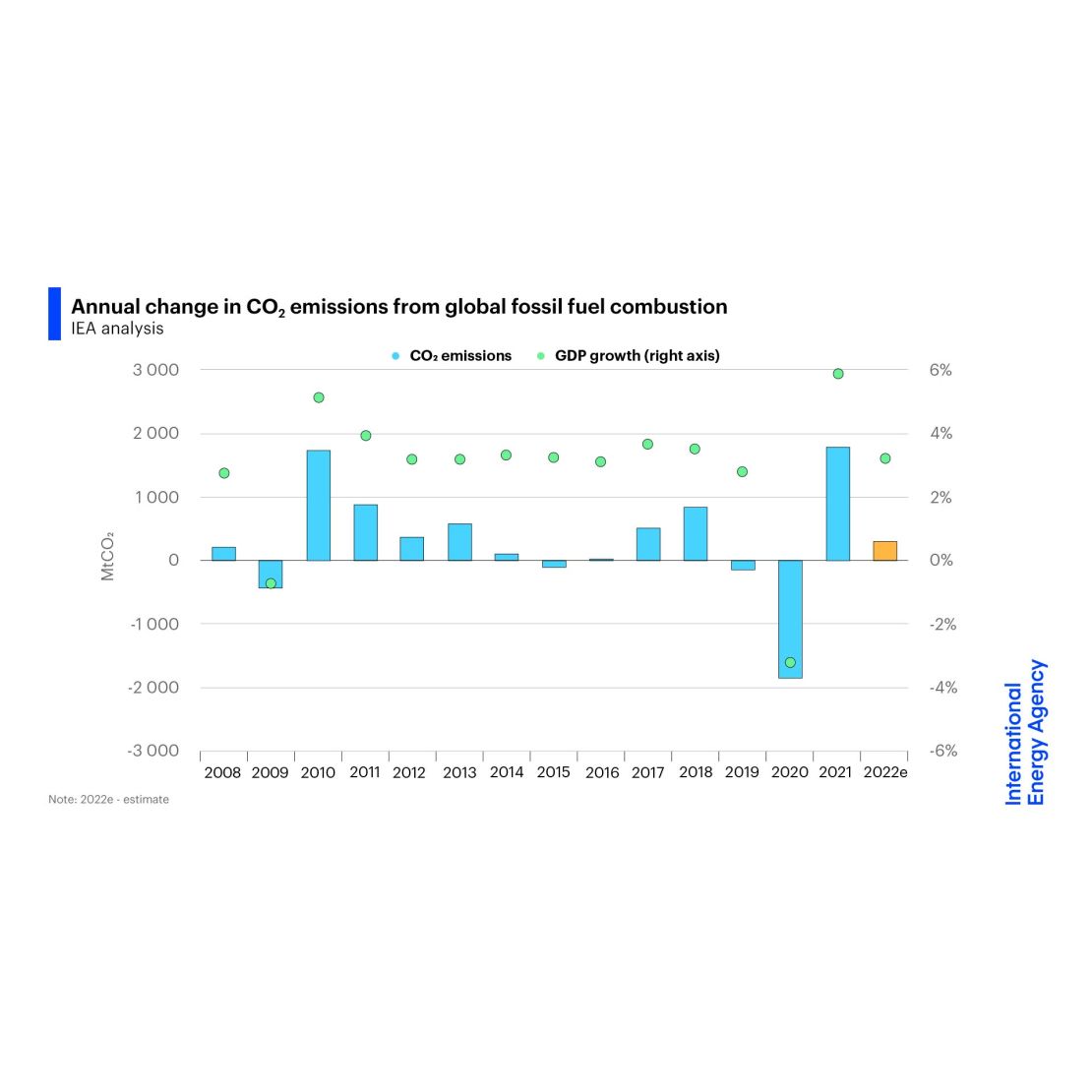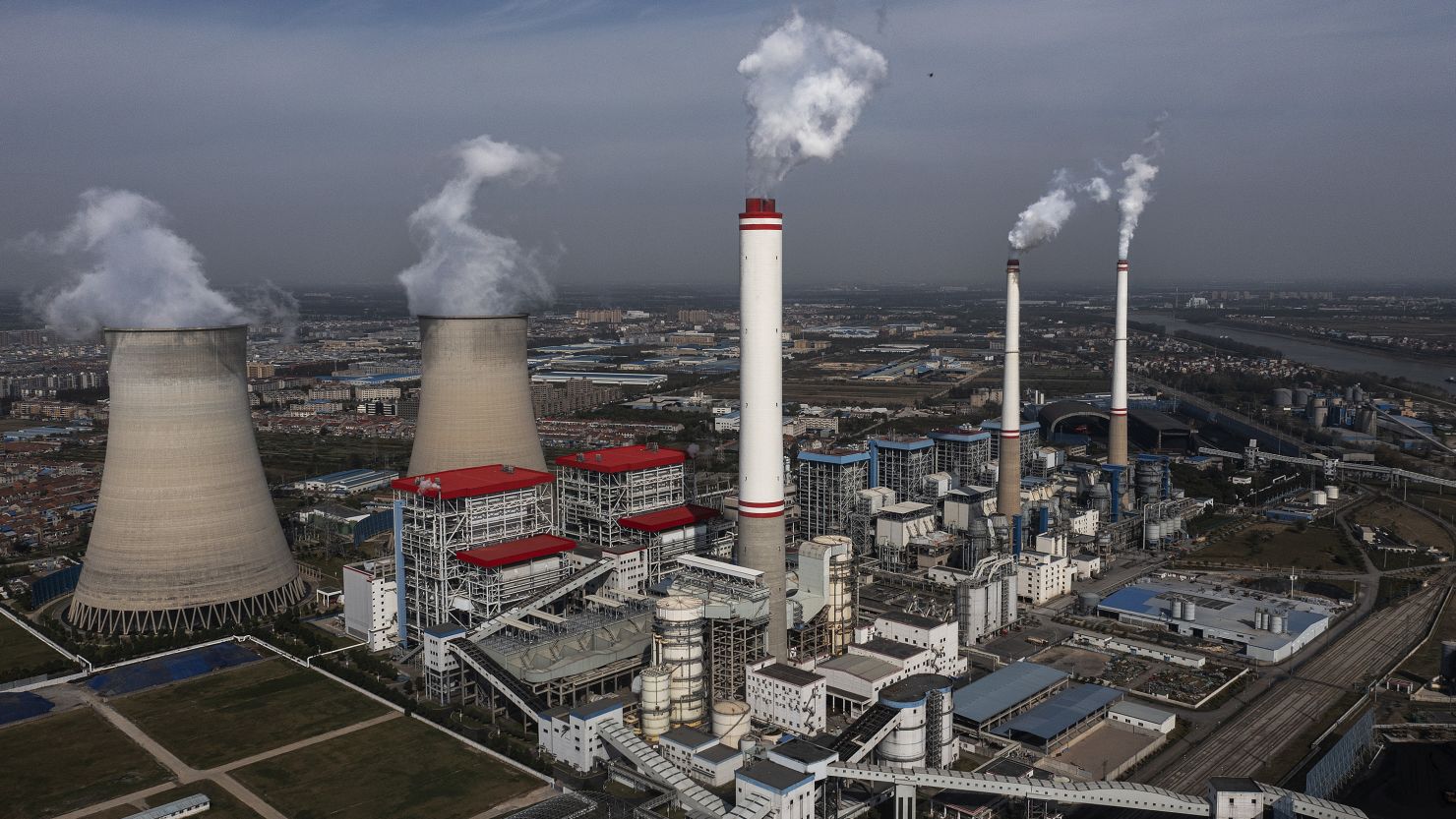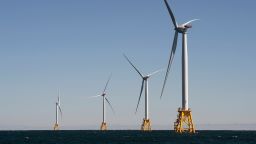Finally, some good news in the battle against greenhouse gasses: Carbon dioxide (CO2) emissions from the burning of fossil fuels are on track to rise less than 1% this year.
That’s despite widespread concerns of a rush back to coal, oil and gas amid a global energy crunch and Russia’s war in Ukraine. We have electric vehicles and an uptake of renewables to thank for the surprisingly small increase.
The International Energy Agency published its forecast in a report Wednesday, showing CO2 emissions are on track for an increase of 300 million metric tons in 2022, reaching 33.8 billion tons. That’s a far smaller rise that the jump of nearly 2 billion tons in 2021 as the world rebounded from the Covid-19 pandemic.
The increase this year comes largely from the aviation sector, which was severely impacted by the pandemic.
“The global energy crisis triggered by Russia’s invasion of Ukraine has prompted a scramble by many countries to use other energy sources to replace the natural gas supplies that Russia has withheld from the market. The encouraging news is that solar and wind are filling much of the gap, with the uptick in coal appearing to be relatively small and temporary,” IEA Executive Director Fatih Birol said in a statement.
“This means that CO2 emissions are growing far less quickly this year than some people feared – and that policy actions by governments are driving real structural changes in the energy economy. Those changes are set to accelerate thanks to the major clean energy policy plans that have advanced around the world in recent months.”
The IEA said that without the major deployment of renewables and EVs globally, the rise in emissions would have been much larger, potentially as much as 1 billion tons.

Demand for coal has increased as Russia’s war in Ukraine sends natural gas prices soaring, and CO2 emissions from coal power generation, driven largely by Asia, are forecast to grow by more than 200 million tons, or 2%, this year.
But the increase in emissions from coal has been “relatively small” and are “considerably outweighed by the expansion of renewables,” according to the report.
The world has hit record growth this year in solar and wind power, generating more than 700 terawatt-hours of energy. That’s enough to power around 67 million American homes for a year.
And despite significant drought impacting huge swaths of the Northern Hemisphere, the overall picture for hydropower is still positive – global hydropower generation has increased this year and is expected to contribute more than one-fifth of growth in renewables.
The global outlook comes a day after a separate report showed that the EU has generated a quarter of its power from renewable sources since Russia launched its war, which is a record for the time period.
The IEA forecasts EU emissions to decrease this year, even though the bloc’s coal use is up. Several EU countries are using more coal in response to the hike in gas prices and as Russia cuts of supplies to some member states.
The report comes less than three weeks before the COP27 climate negotiations begin in Egypt, where countries are expected to ensure their emissions reduction plans are aligned with the main goals of the Paris Agreement: to contain global warming to 2 degrees Celsius, but preferably 1.5 degrees, compared to pre-industrial times.
The IEA’s forecast makes for a rosier-than-expected backdrop to the talks, but scientists warn that emissions should be rapidly decreasing to keep the 1.5-degree goal in sight.











